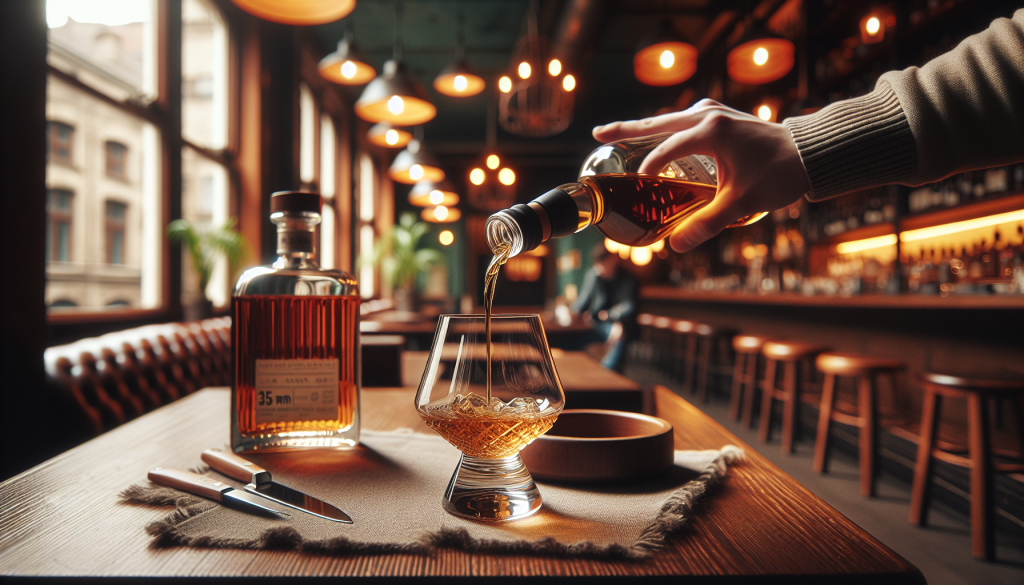
The Long Pour:
The Rare Malts Selection St. Magdalene
19 years old
In cooperation with expert whisky retailer Best of Wines, in the next months I will publish blogs about a few expressions in Diageo’s legendary Rare Malts Selection. This was a series devised to highlight the more obscure malts in the company’s portfolio, long before the interest in single malt whisky rose to its current day status. We indeed got very rare examples of lost distilleries (Port Ellen), unknown ones (Mannochmore) and regular ones at deviant ages (Clynelish). In one form or another, 121 versions were released. Today we kick off our journey through liquid history with a famous expression of the St. Magdalene Distillery.
The St. Magdalene Distillery was located in the royal burgh of Linlithgow, birthplace of Mary Queen of Scots, located between Falkirk and Edinburgh. Therefore, this whisky is a Lowland single malt. To underline its rarity, the proprietor never released any widely available bottlings until the Rare Malts Selection. Then we saw three releases, in 1994, 1995 and the 1998 bottled expression we taste today. In between there was an ultra-rare single cask 1978 St. Magdalene bottled at 20 years of age, to commemorate “100 years of Waterloo Street Engineering”. The last time we saw anything official from this distillery, that was closed during the economic turmoil of the 1980s, was when Diageo released a 30 year old Linlithgow. This expression was part of the Special Releases of 2004. Why they chose to name it this way, is unknown to me. A similar approach was taken with Brechin, which was known in the RMS as North Port Distillery.
St. Magdalene’s place in whisky history cannot be underestimated. Together with Rosebank, Glenkinchie, Clydesdale and Grange it stood at the foundation of Scottish Malt Distillers, being one of the forebearers of the current day Diageo. Linlithgow itself as a county has an illustrious history in distilling, with at one point five active distilleries. St. Magdalene was the only one to survive the decades, probably because it held all logistical assets: proximity to the Union Canal, main road and even a railroad line. Also, some mergers turned the facility into a distillery to be reckoned with. In the 1920s St. Magdalene went silent only to reopen in 1945. Since that final war year, the operation kept running until its closure in 1983. It went through the ropes like many other distilleries, eventually abandoning onsite malting (1968) and converting the four stills to indirect heating (1971).
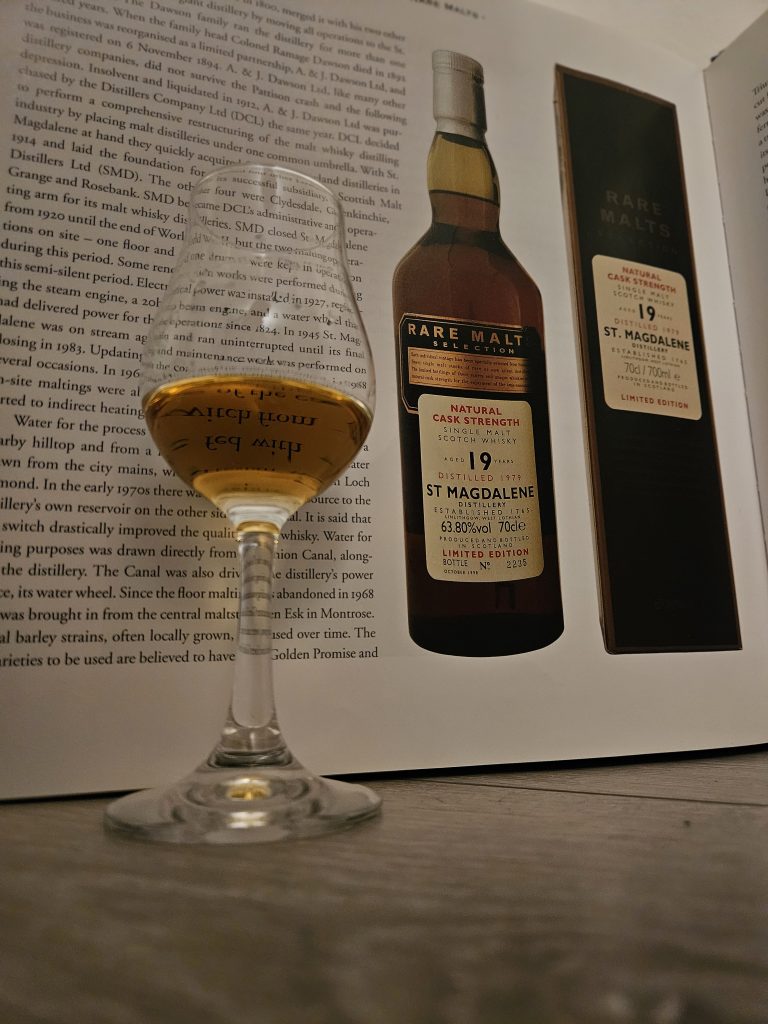
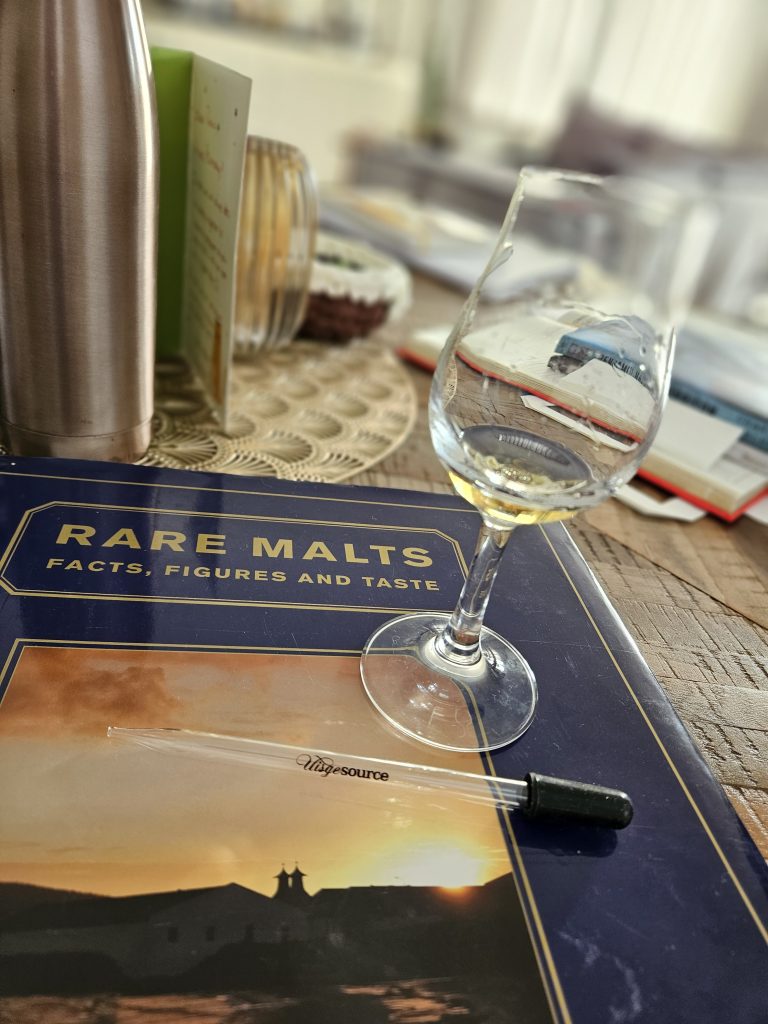
Something that is often underestimated, is the role water plays in the production of good whisky. Of St. Magdalene it is said that switching to a different water source greatly improved the character of the spirit. Initially, water was drawn from a hillside spring and from a deep well. Later, they switched to water that originated from Loch Lomond. In the early 1970s however, St. Magdalene started using water from its own reservoir across the Union Canal. Lucky us, for we will taste a 1979 vintage. We can expect single malt made from the famous Golden Promise barley. In the current day whisky landscape, sourcing the raw materials locally is quite a thing. St. Magdalene had it as common practice. Local barley was used and malted at Glen Esk in Montrose, and the peat that was used when the floor maltings were still active, came from nearby Falkirk an Slamannan moors. For the distilling regime, worm tubs were once used but eventually converted to copper condenser in later years. Annual output was 1.3 million litres per year.
My experience with St. Magdalene is limited to mostly expressions that were put on the market by independent bottlers. Not a single one of them has ever topped the quality of the expression we are going to taste now. A few thoughts about closing St. Magdalene before we get to the glass. There is little information to be found on the internet, mostly because resources are quick to move on to the well-known fact that some of the distillery buildings were converted to flats. A logical explanation could be that St. Magdalene lacked efficiency as one of the older operations, but that is just a guess, I do not know the state of the distillery around 1983. What also could be a reasonable explanation is that the distillery was predominantly used to provide malt for blends. Seeing that the output was more Highland in character because it omitted the traditional Lowland triple distillation, the production could probably be covered by one of the more efficient distilleries in Diageo’s portfolio. Just a decade before, workhorse distilleries like Clynelish and Teaninich were completely rebuild. We will have to keep guessing; my main sources for this blog are Ulf Buxrud’s standard work “Rare Malts. Facts, Figures and Taste” and the authority on lost distilleries “Scotch Missed” by Brian Townsend. Both do not offer an explanation on why the distillery was shortlisted for and eventually closed. What remains, is liquid history. Here are my thoughts on one of the greatest legends of the Rare Malts Selection.
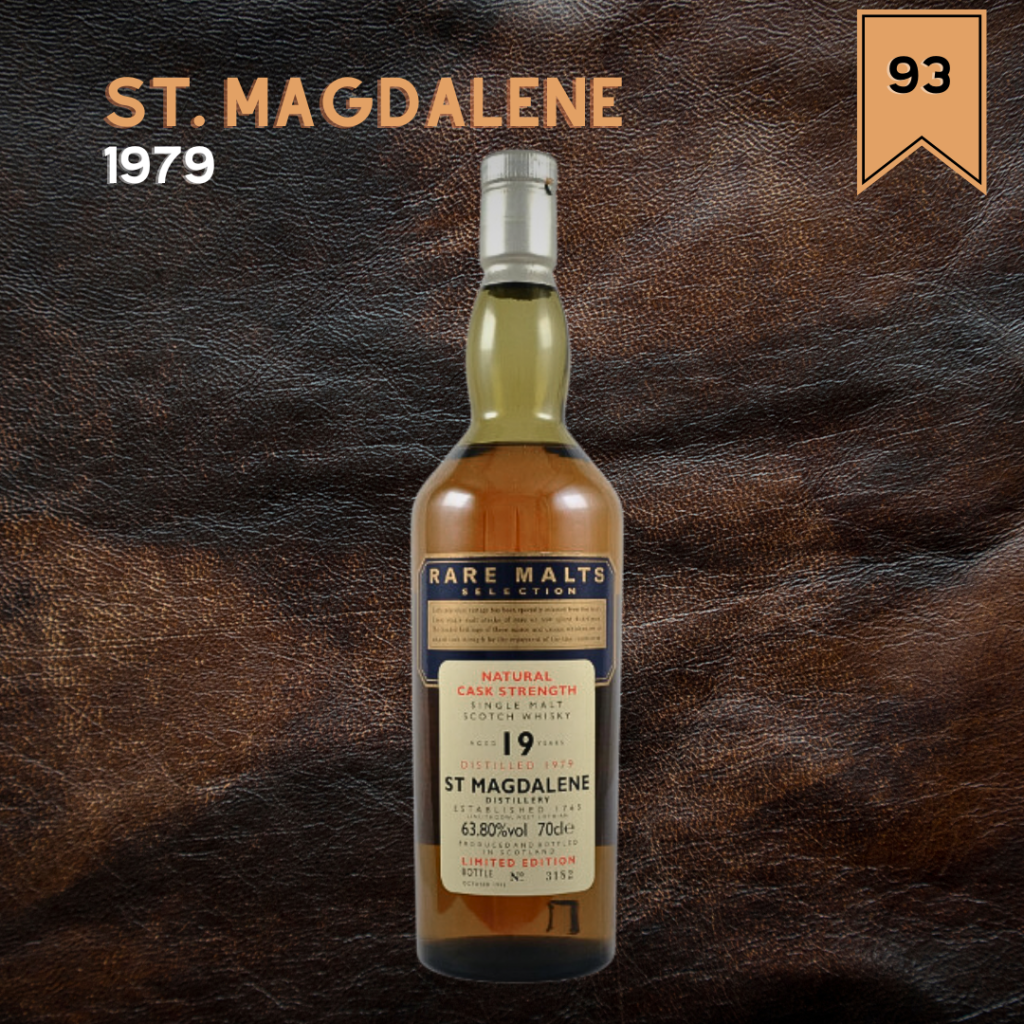
St. Magdalene 1979, 19 years old, bottled at 63,8 % abv
Makeup: There are no details on the makeup of this bottling, so we have to dive in and discover. From background information I gather that blenders ordered St. Magdalene matured in bourbon and sherry casks, aged up until 10 years. Stock of this was likely preserved until it was used for this batch in the Rare Malts Selection that was bottled in October 1998.
General impressions: Tasted in two separate sessions. When I pick up the glass and bring it to my nose, I get hit with a decent hint of orange zest. Almost straight after the St. Magdalene transforms in something more industrious. Old steel workshop, car repair smells, a little oily even. We proceed with a pipet, adding 5 drops of water at a time. This incredible damp woodnote gets stronger and stronger, there is a lot of life in it. A very complex nose to play with. After some 15 to 20 drops, more breaded notes come out. The malt is low on distinct hints of fruit, except for that zesty character, that could easily be confused with wood smoke, forest aroma and mint. But it does remain firmly in place, that zest. After 30 drops, we end our mission to bring out more aroma. Mineral edges have emerged, but also some alcohol hotness, even though we were diluting.
Taking a sip undiluted is a challenge but you can notice some nuances that are closely related to old wood, giving off lots of herbal spices, a smoky note and again that zesty character. Like taking a bite from an overripe orange but all you get is the texture of the fruit, not the juicy explosion. We took our first diluted sip after the 30-drop-session described above. The whisky is now deliciously oily and waxy on the tongue, giving off slightly bitter wood notes and always this idea you are snacking fruit pieces in a Belgian chocolate store, Neuhaus comes to mind, where all this delight in covered in chocolate. In my second session I threw in the remainder of the sample, some 2,5 cl, and splashed it good with water. Most noticeable on the taste was a sherried sweetness. Not an overly PX-sweetness, mind you, but some forest fruit and berries. Very subtle, very brilliant. Most dominant after all is the wooded character, with a hoppy edge, that continues deep onto the finish of this whisky. It makes you savour the moment long before you get round to another sip. Dilute it enough, and even some lavender shows up on the finish, but kept in check enough to not take a soapy turn. A final show of Lowlands roots, I would say.
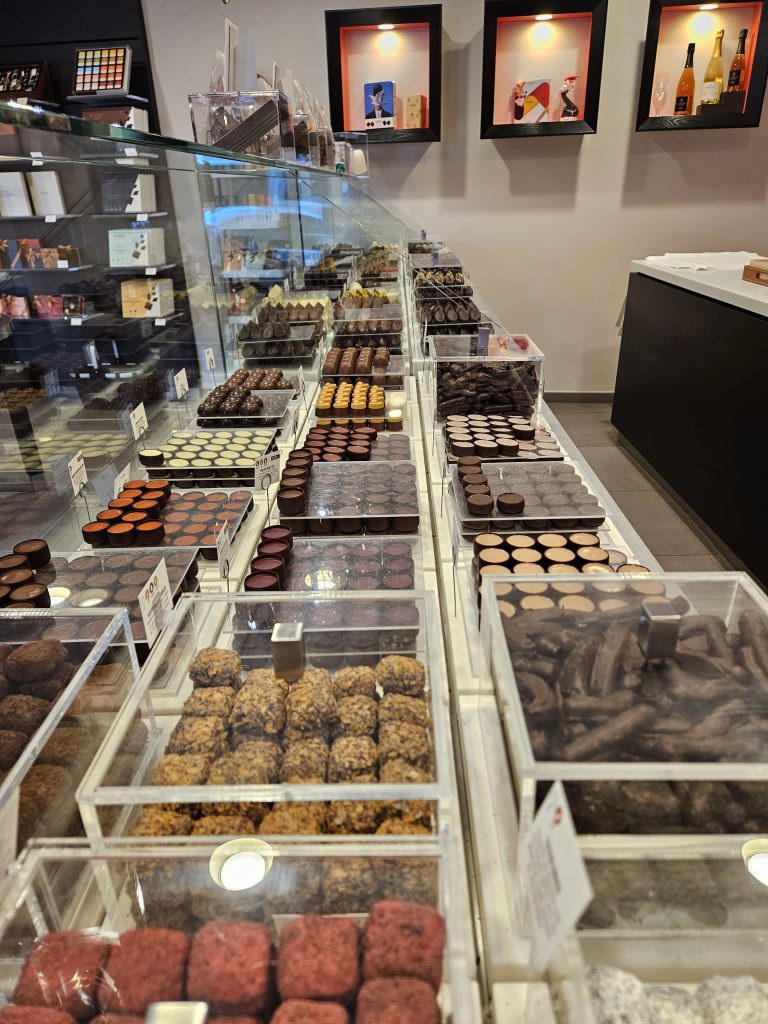
Conclusion: One of the highlights of the Rare Malts Selection indeed, and so it remains. It suffers from the disease many other RMS expressions share, and that is limited accessibility due to an extreme abv. This whisky needs a lot of attention, water and patience, and therefor is not the most suited for a relaxing evening, let alone putting this in a tumbler. I felt like a surgeon when operating on this whisky, and I had great fun doing so. I wrote my tasting notes during school autumn holiday and, looking at the sun shining falling in the living room via one, big beam through the window, it felt fitting to label this the ideal Autumnal Whisky for Malt Souls in Solitude.
Score: 93 points
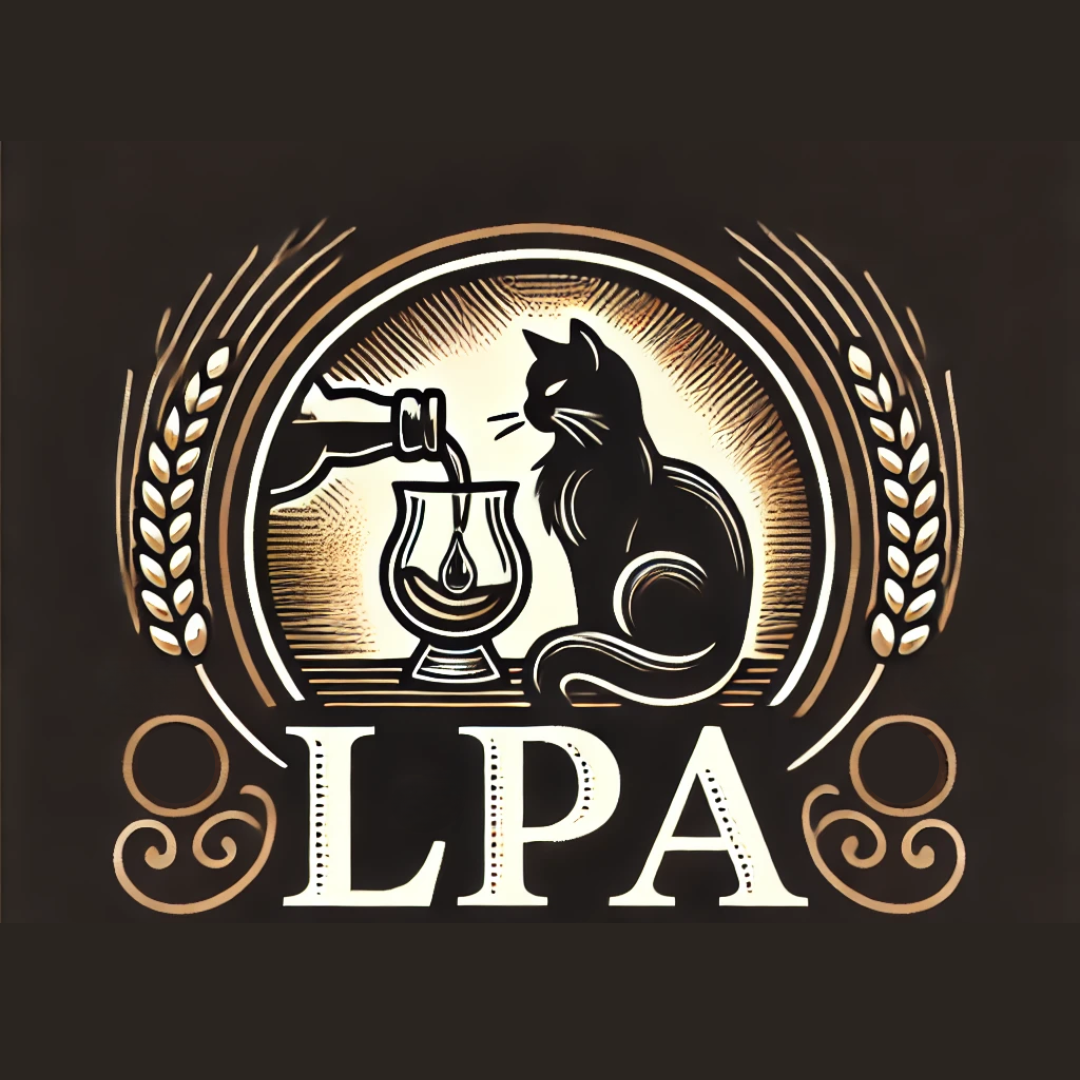
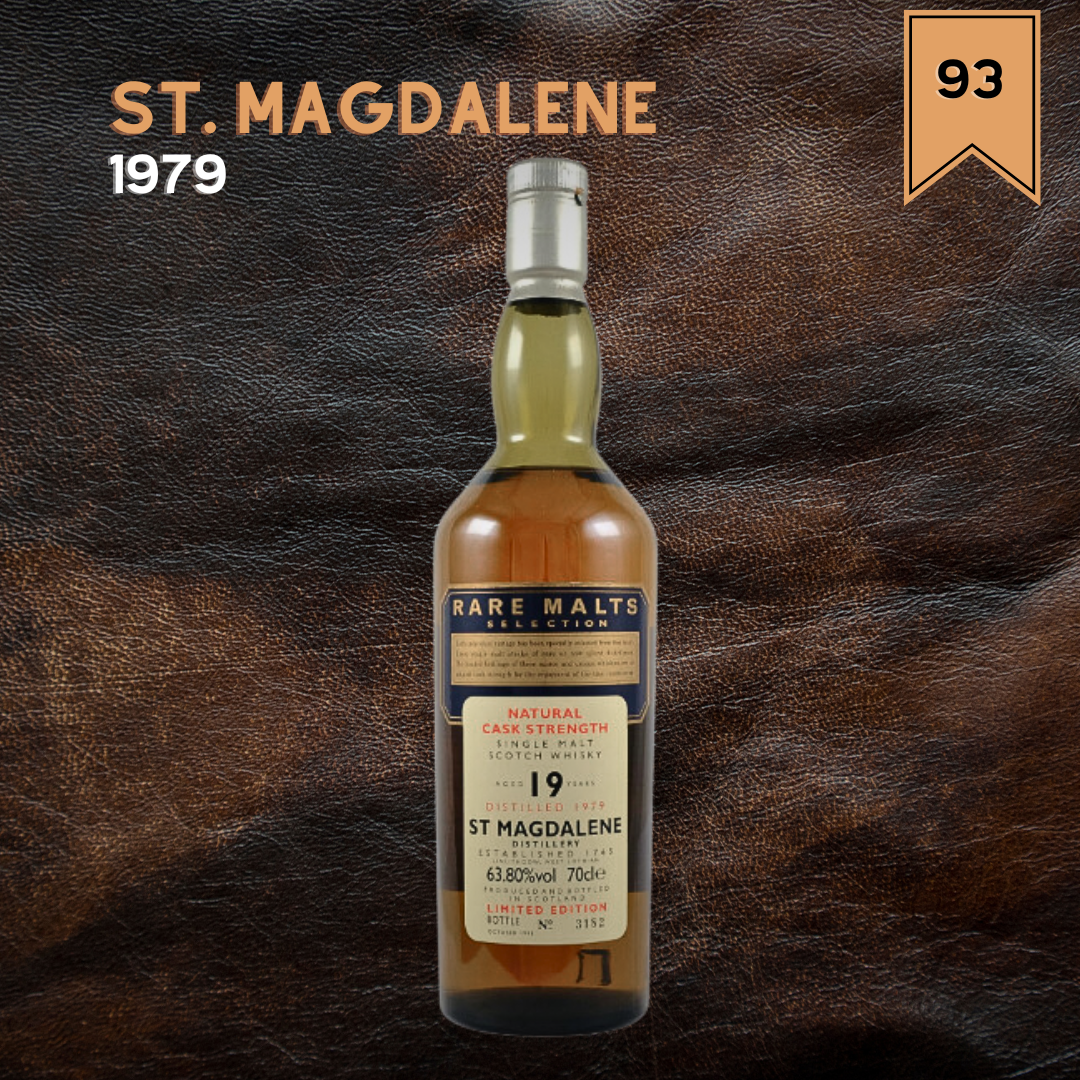
Geef een reactie